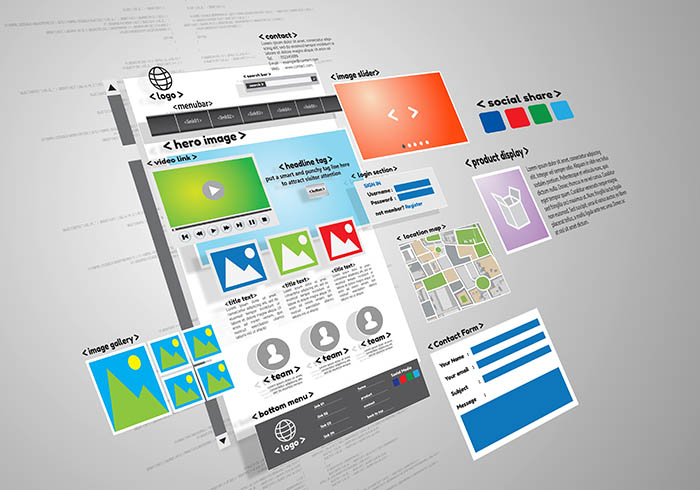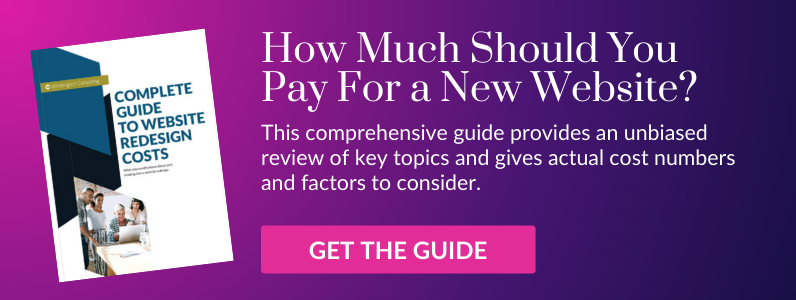We get this this question all the time: Is there an ideal length for website content? My honest answer is, “Absolutely not.”
A common question that comes up is how to write content for a website. So, if you're looking for guidance on this topic, you're not alone.
While I don't recommend that you go on and on like the Great American Novel, there is no real best practice about website page length. Every website, business and web page is unique. The general rule of thumb for content length and density ranges greatly, from a minimum of 200 to maximum of 1,000 words per page, depending on the topic complexity and objectives.
The main goal of website content is getting your message across effectively and enticing your reader to take action, while being concise. Remember, you only have a few seconds to capture someone’s attention and sell your idea…no matter how many rules and formulas you follow.
Whether you're creating the content for your website in-house or hiring a web content writer, there are some key tips you should consider before your content is written. One of them is length.
While there aren't any hard and fast rules to setting your website content length, there are some key considerations. Here are our 7 best tips for figuring out the length for your website content.
7 key tips for determining website content length
- Be helpful and relevant. The key to successful website copy is relevant content. Write for people, not search engines. You aren’t selling your product to search engines; you’re selling to people. Be interesting, solve a problem and offer a solution.
- Stay focused. Focus on one topic, service or product offering per page. Trying to fit in too many ideas on one page will confuse people and distract them.
- Be concise. Less is more when it comes to content length. Stay succinct while getting your point across. You want to write enough to convince your target customer to take action and make them want to know more, but you will lose anyone’s attention after a certain point. You only have about 8 seconds to capture someone’s attention.
- Incorporate headlines. Readers like to scan information on website pages. Make sure your website content includes headlines to guide readers’ eyes scanning through the page. Incorporating an H1 tag (headlines) in each web page also improves on-page search engine optimization.
- Use bullet points. Case in point. Whenever possible, bullet out ideas and tips so readers can absorb information quickly. Bulleted lists are easier to read and retain too.
- Be consistent. Many businesses make the big mistake of being inconsistent in their tone and message. Having a consistent voice makes people remember you, increases perception of reliability and enhances your overall branding and messaging.
- Add calls-to-action. The goal of most website content is to get people to take action. Including calls-to-action (CTA) on all of your site pages is essential. What does that mean? Somewhere on each page, ideally at the end or on the side, get them to do something. Ideas for CTAs include:
- Adding a link to your contact page
- Offering free information in form of a whitepaper or guide
- Enticing visitors to sign up for your e-newsletter
- Inviting them to connect with you on social media channels. Remember to tell them WHY too. There’s nothing interesting about a business who just calls out “Follow us on Facebook” without the WHY. Say what's in it for them.
Related: Website Content Strategy: 3 Content Types to Take Your Website from Good to Great
While there are no real defined rules for exact website content length, following these basic standards will ensure that your content captures attention and ignites action from your readers.










